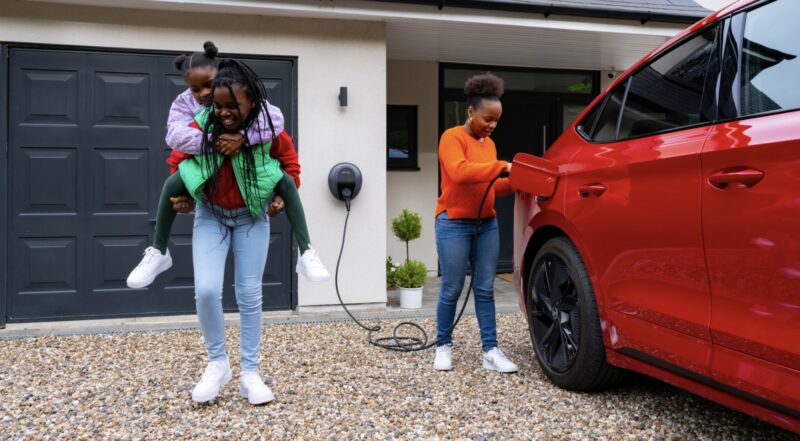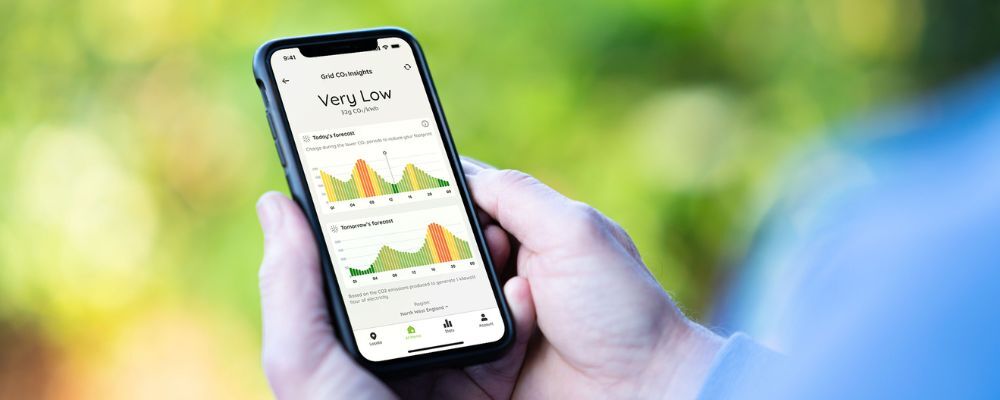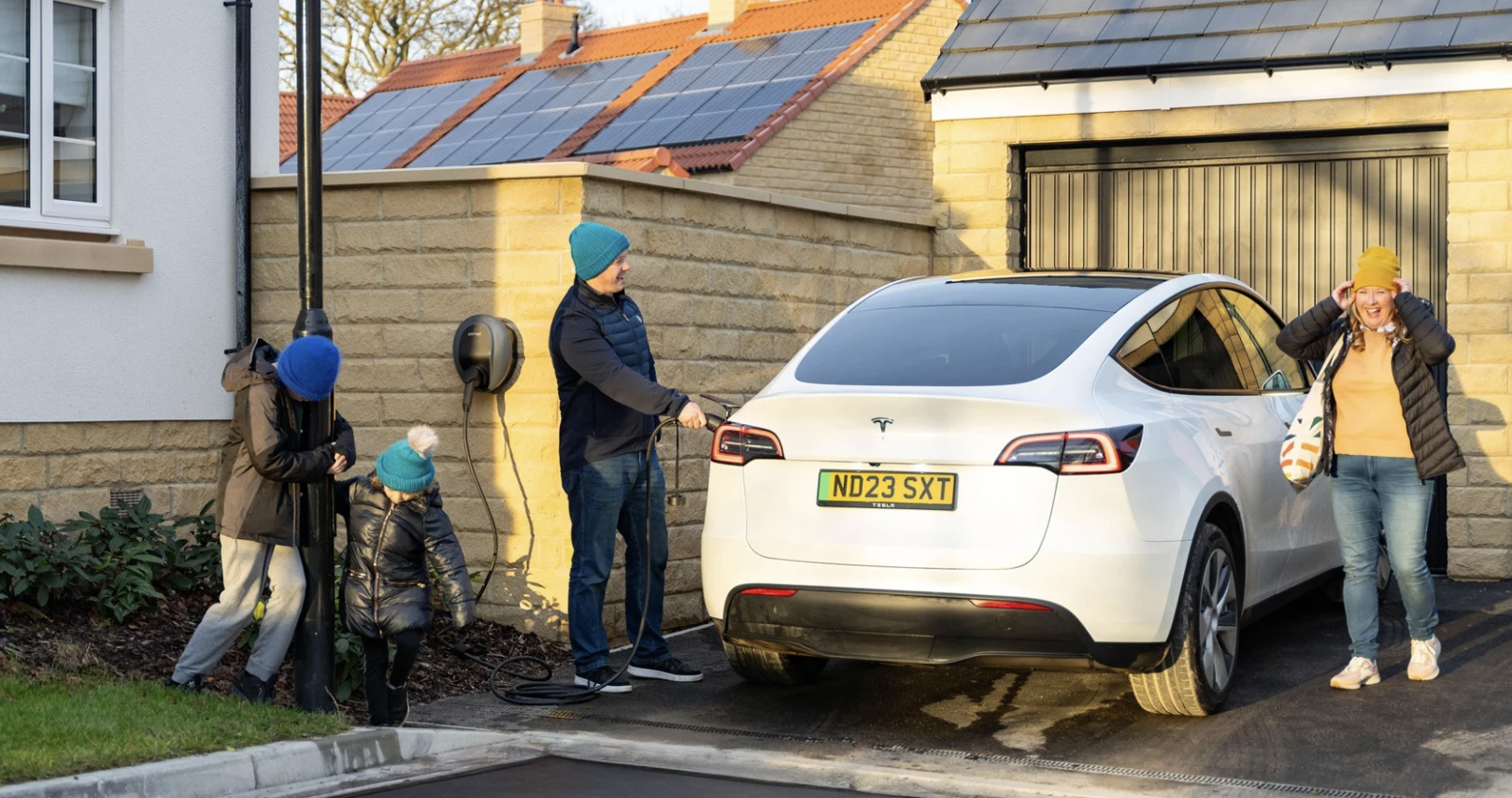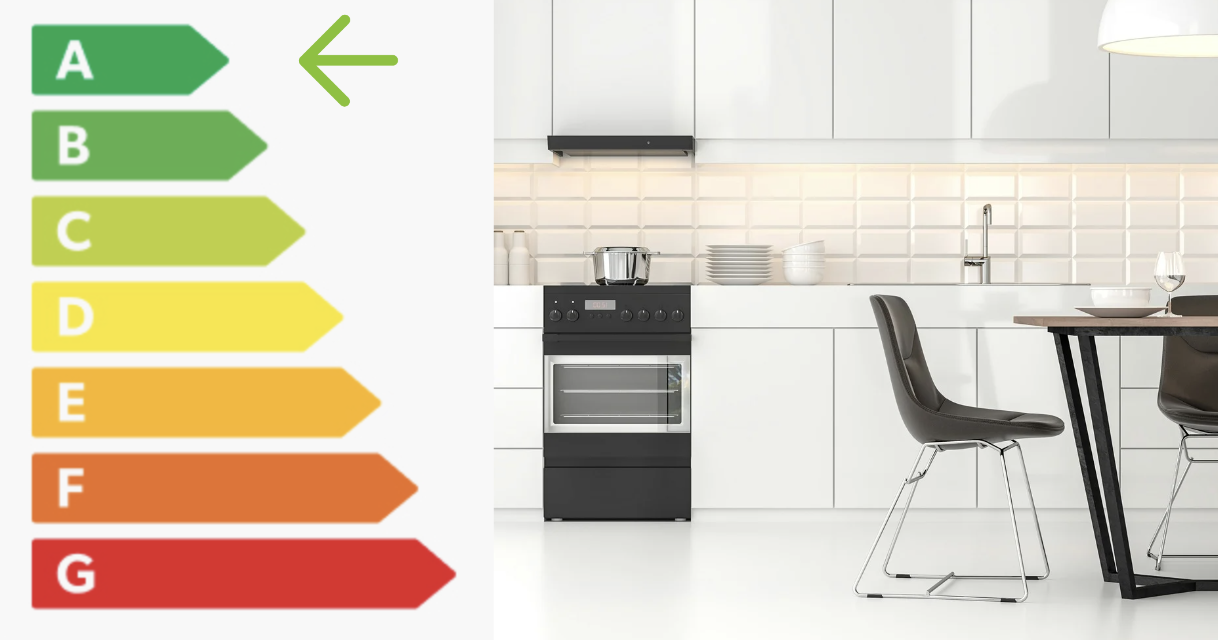6 Practical Tips For an Eco-Friendly Lifestyle
A guide exploring ways to make your day-to-day life more sustainable with eco-friendly tips.
Last updated: Oct 25, 2024 • 8 min read

Summary
An eco-friendly lifestyle is good for you and the planet. You could save money on energy bills and live a healthier lifestyle while helping to combat climate change.
Electric vehicles (EVs) can play a huge role in this, but there are plenty of other ways of living in an eco-friendly way.
What are the benefits of an eco-friendly lifestyle?
There are many benefits to living sustainably, both for you individually but also collectively for the planet. By adopting more eco-friendly habits, you can play a part in our planet’s future, fight the negative impacts of climate change, and ultimately protect precious habitats under threat from our changing environment.Some of the improvements you could see to your day-to-day life by switching to an eco-friendly lifestyle include:
- Lower energy bills
- Better physical and mental health
- Being a role model for others
Lots of households across the UK are willing to take action against climate change. However, there are concerns around having to pay more or give up habits or consumer products to live more sustainably.
That’s why we’ve put together a list of practical methods of living a more sustainable life that won’t break the bank, and may even save you money, whilst also doing your bit to help our planet.
6 eco-friendly lifestyle changes you can make today

1. Switch to a renewable energy tariff
One of the best and simplest ways to reduce your bills is to use less energy, such as by turning off devices or lights when they’re not in use, or wearing more layers instead of putting the heating on in winter.
But renewable energy tariffs could also save you money. Many energy providers are starting to turn away from traditional fossil fuels and take advantage of renewable energy sources via green energy tariffs. These include solar, hydro, wide, and biomass in order to generate electricity. Not only are these better for the planet, but they’re also better for consumers. Renewable energy tariffs are becoming more competitively priced as more providers are offering them in response to higher demand. Plus, as more people switch, producing renewable energy will become cheaper as more companies will invest in generating it, which should bring tariff prices down even more.
Tip: our Solo 3S home charging system is compatible with all energy providers and easily syncs with off-peak energy tariff times, letting you charge when it’s cheapest.

2. Take greener forms of transport
If you have the option, try using public transport to travel for work and leisure. Bus operators are starting to switch their fleets to electric vehicles, making bus travel even greener. You could also save some money on petrol or any congestion or clean air zone charges when using public transport.
Switching from a petrol or diesel to an electric car could be another great way to reduce your emissions and adopt an eco-friendly lifestyle. If you’re interested to find out more, we’ve compared battery electric vehicles and hybrid electric vehicles in our guide.

3. Reduce food waste
In the UK, more than 10 million tonnes of food are wasted every year. While some of this waste happens before food hits the supermarket shelf, around 70% of food waste comes from households.
Food waste is a big problem for the planet, but combating it won’t just help the climate, but also potentially save you money. There are a few ways you can reduce your food waste and save money by:
- Planning meals ahead of time, and only including items you need on your shopping list
- Freezing leftovers that might otherwise go bad, or reusing leftovers in other meals
You can also take advantage of various innovative apps like Too Good to Go, which allows restaurants and stores to sell surplus food at a discount to avoid it from going to waste.

4. Eat less meat
About a third of human-made greenhouse gas emissions are linked to food. Most emissions are associated with the production of meat, so processes such as fertilisation, deforestation, resource usage and methane emitted by cattle.
This doesn’t mean you have to completely stop eating meat. Beef produces seven times more emissions than poultry, so if you don’t want to completely cut out meat from your diet you’d still be helping the planet by switching from beef to chicken or turkey.
Better still, swapping out meals for plant-based protein sources such as lentils, beans or tofu will reduce your emissions from food even more. Again, beef in particular causes 23 times more emissions than tofu and 35 times more than beans or lentils. So even just one plant-based meal a week will have an impact!

5. Use less plastics
Plastics are made from fossil fuel-derived chemicals like oil and gas, so they cause a lot of pollution to produce. Obviously, it’s impossible to completely avoid the use of plastics – for example, lots of life-saving medical equipment and medication packaging contains it. But there are plenty of typically single-use plastics that you absolutely can avoid using to lead a more eco-friendly lifestyle. Some examples include:
- Carrying a refillable water bottle and using public water fountains, instead of buying plastic bottles when you’re out and about
- Buying loose fruit and vegetables instead of multi-packs sold in plastic wrapping
- Reusing shopping bags instead of buying a new one every time you shop
- Using products made from recycled materials where possible

6. Check your appliances’ energy efficiency
If you’re in the market for a new home appliance, like a fridge or a TV, you could lower your emissions and use less energy (saving you money) by picking one with a better energy efficiency rating.
All appliances come with an energy rating on a scale from A to G. A-rated appliances are the most energy efficient, meaning they’ll use less energy to run than a B to G-rated product. This will save you money and do good for the environment, as using less energy means a lower monthly energy bill.
Honorable mentions from the Pod Point team
Here are some extra bonus tips from our very own Pod Pointers:
- Buy cleaning products from eco-friendly companies, including smol, Bide, and Naked Sprout. Or buy refills from local stores to avoid the emissions caused by delivery vehicles.
- Save unwanted vegetables from going to waste with Oddbox deliveries, recycle coffee machine pods, or make your own regular groceries (like yoghurt) at home.
- Reduce the amount of clothing you buy, avoid fast-fashion brands, and buy second-hand either via apps like Vinted or high street charity shops and thrift stores.
- Move ISAs or pensions to funds that focus on environmental, social, and governance (ESG) investing.
- Don’t forget the three Rs – reduce, reuse, and recycle!
Why is sustainability important?
Sustainable living helps to reduce pollution which in turn preserves resources, such as water and air, and avoids the harmful effects of global warming caused by climate change.
To achieve sustainability, consumers, companies and governments must act and adopt practices that are eco-friendly and cause no harm to the environment.
How to charge your EV sustainably
We’d be remiss for not mentioning how good driving an electric car is for the environment. So If you’re an EV driver, we’ve got a few simple tips for you to make EV charging even more environmentally friendly:
- Charge at times of low demand – when demand for energy is high, fossil fuels are often used to generate electricity. Instead, charge overnight when demand is typically lowest.
- Switch to a renewable energy tariff – if you haven’t already, this is an easy way for you to make your charging greener and cut your reliance on polluting fossil fuels when charging at home.
- Use solar energy – if you have solar panels, you can connect them to a home charging system like our Solo 3S. Our charger takes the excess energy generated by your panels and feeds it to your car instead. This lets you harness the full benefits of potentially zero-cost and zero-carbon charging.
Tip: if you don’t have solar panels yet, no problem! The Solo 3S will automatically work with them if you decide to get them installed in the future. You can find out more about how to use solar panels to charge EVs in this handy guide.

